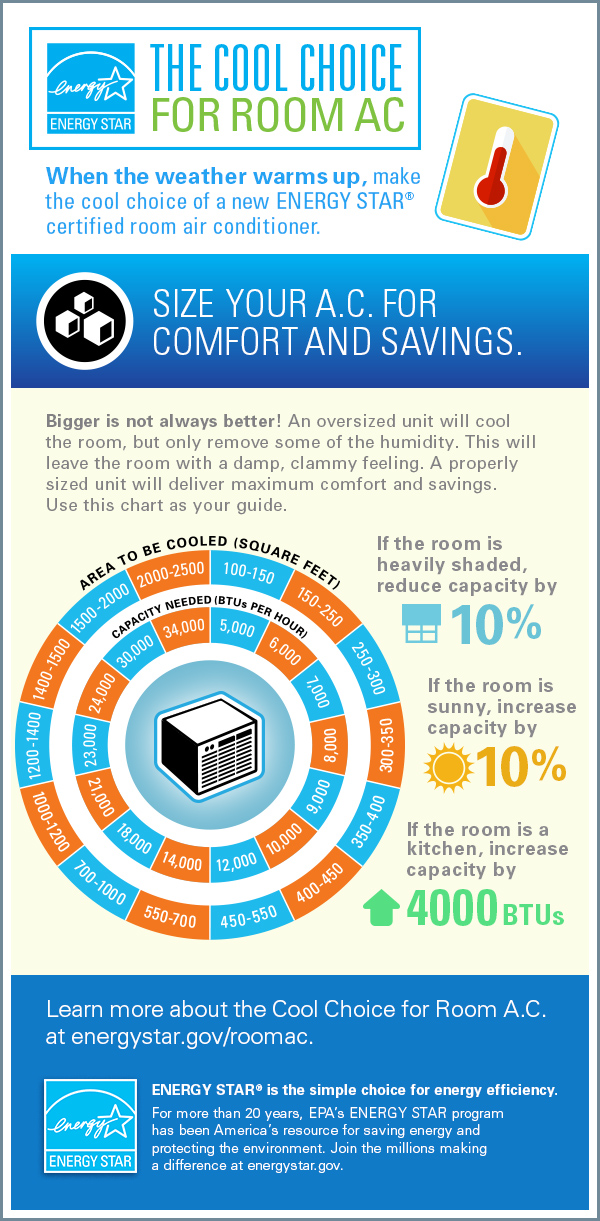Maximizing Comfort And Financial Savings - Tips For Optimizing Your Heatpump Efficiency
Maximizing Comfort And Financial Savings - Tips For Optimizing Your Heatpump Efficiency
Blog Article
Material Produce By-Fulton Daniels
Whether you possess a heatpump or have an existing boiler back up, there are a couple of things that can be done to optimize your system for effective procedure. By complying with these pointers, you can make best use of convenience and cost savings without straining your system or racking up energy costs.
Readjusting your thermostat for efficiency is among the primary steps. Making https://www.wtvm.com/2022/03/05/explainer-is-switching-heat-air-conditioning-bad/ of zoning capacities to restrict heating of empty rooms is one more reliable approach.
1. Set Your Thermostat to the Right Temperature
As the seasons alter, balancing comfort and expense efficiency can be a challenge. Fortunately, a couple of simple ideas can assist you decrease power consumption and maximize financial savings.
Beginning by identifying service providers for heat pumps for your household, then establish your thermostat appropriately. Stay clear of making large jumps up and down in the temperature level setup, as this will certainly trigger your heat pump to cycle on and off extra frequently, using up much more energy.
Instead, progressively lower the temperature in the evening for a much more comfortable resting environment. Then, raise it a little in the early morning. Bear in mind to keep air vents open and directed downward when heating, and up when cooling to maximize circulation.
2. Examine Your System Frequently
A heat pump system requires very little upkeep, yet it is necessary to inspect the device consistently to catch any type of troubles prior to they come to be serious. mitsubishi heat pump repairs tauranga on a schedule set by the maker or when they're visibly unclean, and see to it exterior devices have at least 2 feet of clearance to permit air movement.
Inspecting the unit will also include cleansing, tightening electric terminals, and running efficiency examinations to make sure accuracy during home heating and cooling settings. It's advised to have an expert solution the heatpump twice a year. Executing these regular services can make the most of power financial savings and prolong the life of the device.
3. Clear Snow and Ice Around the Device
Heatpump are developed to operate outdoors and require to be free of snow and ice in order to circulate air. If your heatpump is blocked by snow and can't draw in air, it will toggle in between heating & cooling and may strain.
It is necessary to remove a two-foot clearance around your outdoor device in order to enhance air flow and protect against ice build-up. Heat pumps normally go into a defrost setting in the winter months to thaw ice and snow yet this process can be problematic if your device is obstructed by too much snow. This will lower your power efficiency and result in pricey repair costs in the future.
4. Examine the Refrigerant Levels
A heatpump uses refrigerant to cool your home in summer season and cozy it in winter months. You can help maximize its performance by on a regular basis inspecting the refrigerant levels.
It takes extra power to alter the temperature of your heat pump from a comfy setting to a colder one than it does to maintain that temperature level. Changing the temperature level for brief time periods can additionally throw away energy.
Dripping air ducts and filthy air filters can bring about unequal temperatures. They can additionally make your heat pump much less efficient and set you back more to operate. A specialist can find and fix these problems to enhance your heat pump's efficiency.
5. Maximize Your Zoning Capabilities
Making use of the zoning capabilities of a heat pump can assist to lessen power waste by warming just busy rooms. This not only minimizes energy consumption but likewise decreases operating costs and extends the life of the system.
The Build Balanced Zones tool uses a hereditary formula to build zones that satisfy needed area building criteria. These requirements consist of equivalent area, density, and equivalent variety of attributes.
In addition, by using clever thermostat technology to maximize the temperature setups based upon occupancy patterns and scheduling, you can further boost your heatpump's performance. Preserving a clean air filter, ensuring correct insulation and having your ductwork evaluated for effectiveness can all contribute to improved energy savings as well.
6. Shading the Outdoor Unit
Home owners commonly ask whether it's worthwhile to plant color trees near their outside ac unit (AC) device. The response is usually yes, as shading the a/c device can help in reducing warmth from the sun, which consequently helps it cool extra efficiently.
Nevertheless, it's important to note that shielding the air conditioner unit doesn't necessarily reduce energy intake. As described in the Discussion section of the FSEC report, the temperature level of the bordering air has a bigger impact on cooling down effectiveness than does the volume of air pulled in by the a/c unit.
If your a/c compressor gets on the south side of the house, think about planting high, deciduous trees with large, spread-out covers. These can offer appropriate shade within one year.